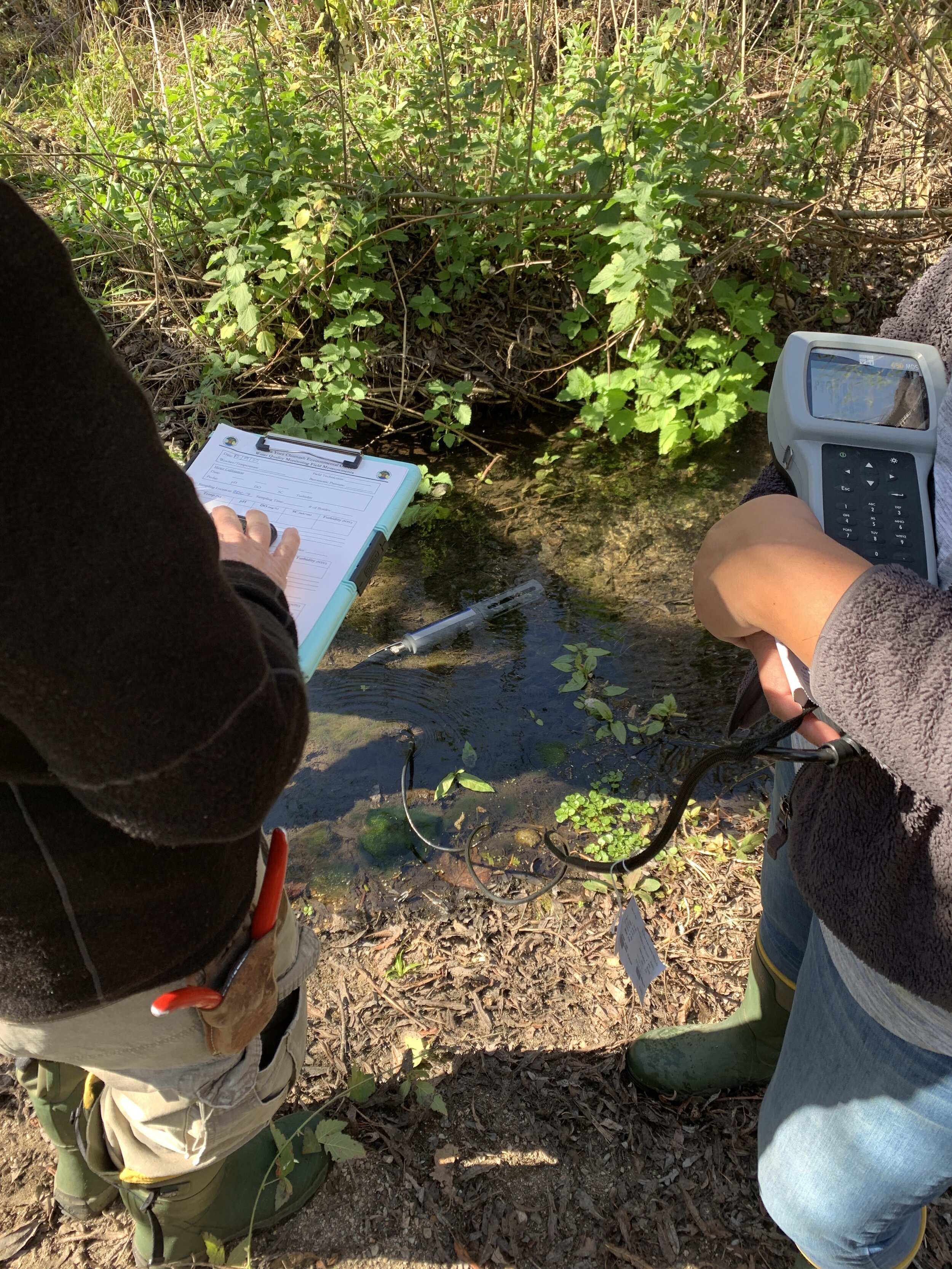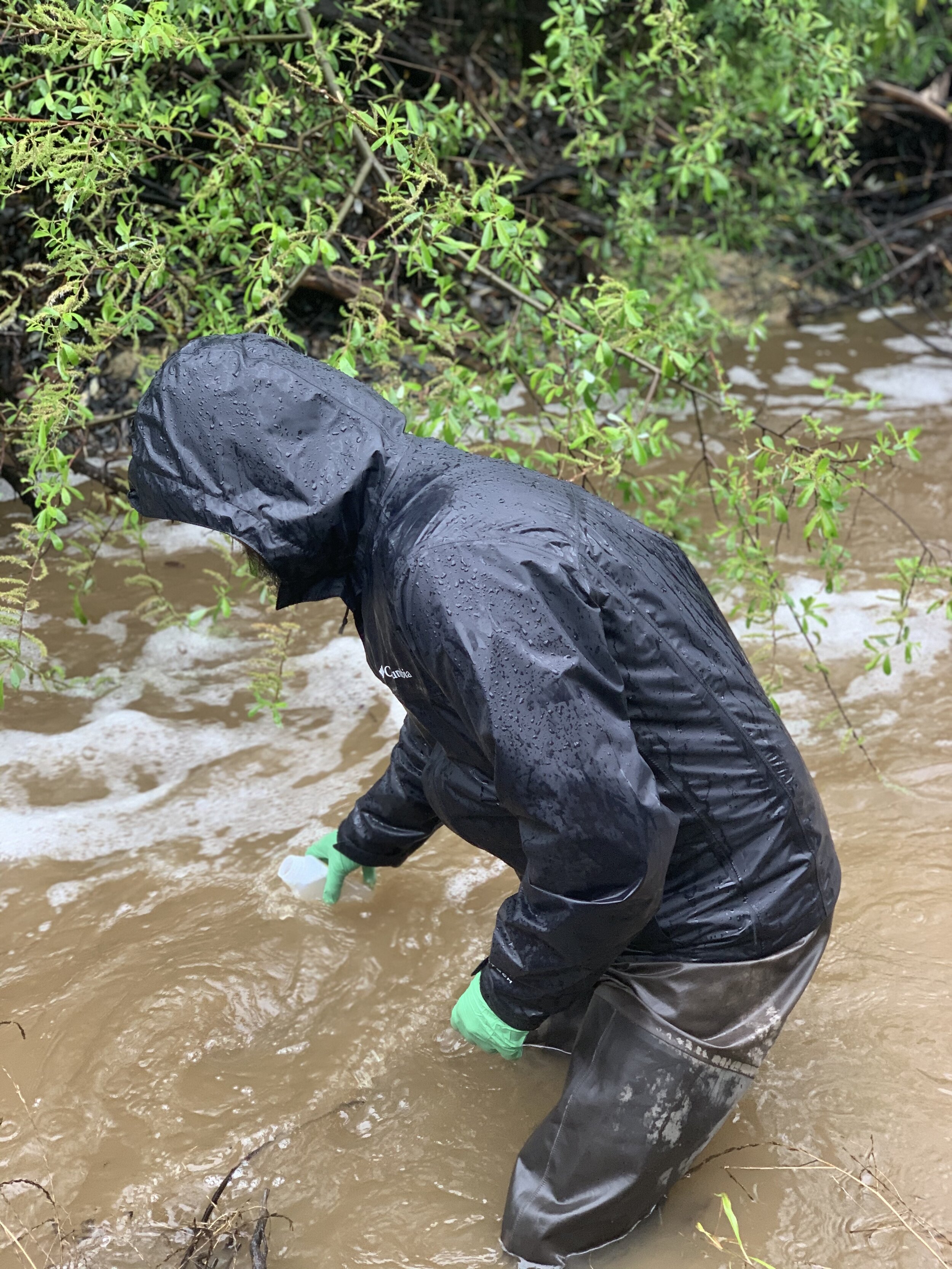
Water Quality on Chumash Tribal Lands
The Santa Ynez Chumash Reservation has Zanja de Cota Creek and Santa Ynez Upland Groundwater Basin. Zanja de Cota Creek drains 9,000 acres and is one of few year-round streams west of Lake Cachuma.
Santa Ynez Chumash Environmental Office (SYCEO) Water Quality Monitoring at Zanja De Cota Creek
Since 2008, the Santa Ynez Chumash Environmental Office (SYCEO) has been diligently monitoring the water quality of the Chumash Reservation at Zanja De Cota Creek. Through the collection of monthly samples, SYCEO conducts assessments to evaluate the overall health of the ecosystem and identify potential sources of pollution. It is essential to address non-point source pollution from various origins as it can significantly impact the quality of the creek. Under dry conditions, regular checks have consistently shown that the water quality meets established standards, showcasing a healthy environment. However, during rainstorms, there is a temporary decline in water quality due to stormwater runoff. To combat this issue, SYCEO took proactive measures by installing stormwater filters in drains to mitigate the impact of stormwater runoff and uphold the quality of the creek ecosystem.
For more information on the current status of Zanja De Cota Creek and to learn more about the Tribe’s water quality monitoring efforts, please contact Julie Colbert at jrandall@chumash.gov


Efficient Water Use
Residential water use is significantly high indoors; however, it is worth noting that a substantial portion, over 50%, actually occurs outside in activities related to maintaining the yard and outdoor spaces.
There are several measures you can take to ensure efficient outdoor water use:
It is important to set your sprinklers to water during the times of day when the least amount of water will be lost to evaporation – in the early morning and late evening.
You can also install more efficient watering systems, such as drip irrigation.
Ideally, you can remove your lawn and plant native, drought-tolerant plants and shrubs, paired with mulch and stones.
Methods such as rain-catch barrels, use of native, less-thirsty plants, mulching and drip irrigation have saved the Tribe over 15,000 gallons of water a year! As an added bonus many of the plants have Chumash ceremonial and other cultural uses, and can be harvested on a regular basis.











